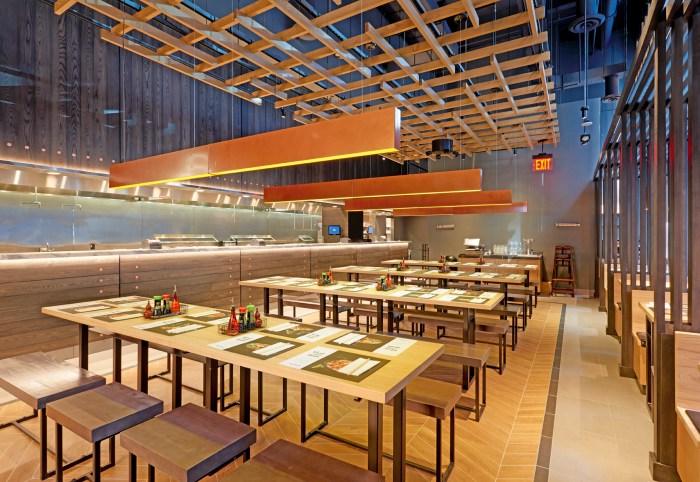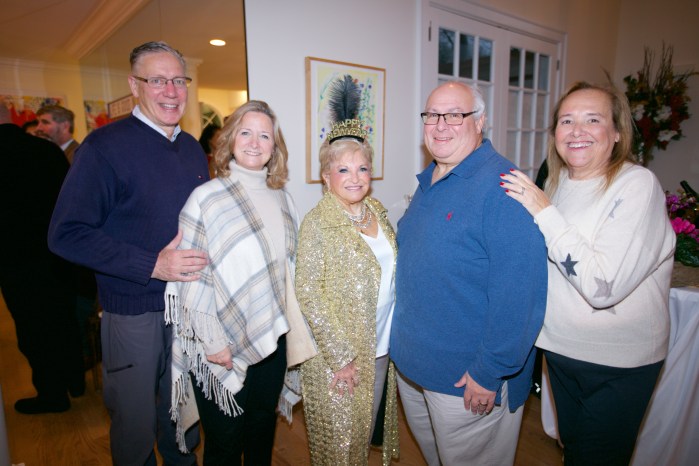The Empire Station Complex is not completely unwelcome among leaders in Midtown Manhattan as Dan Biederman, President, 34th Street Partnership, says there are net positives to the redevelopment plan.
After opponents to the state proposal to expand Penn Station to the south and greenlight space for up to ten skyscrapers gathered on Seventh Avenue on April 7, Biederman believes the plan will help factors that lead to crime-ridden corners and eliminate outdated structures.
“[Eighth Avenue and 34th Street is] really a bad corner for us where we keep everything clean, we remove litter, we remove graffiti, we have a beautiful streetscape, we run Harold and Greeley Square Parks, but we also try to keep the crime rate down which it was for many years and it’s been a real challenge since two bad things: bail reform, and COVID,” Biederman said. “So we actually want development of some of those empty sites and it sounded like the community boards, the newly formed group to fight the plan, and others are totally against that. But my main point is, if there’s anywhere in the metropolitan area to put bulk, it’s on top of Penn Station. We have incredible rail infrastructure that’s being improved.”
One problem opponents to the Empire Station Complex hope to see resolved is the exclusion of the public and city elected officials to weigh in and have some control over the trajectory of the development. Whether or not this will be on the agenda for Empire State Development which is leading the effort has been promised but not expanded upon.
“To date, ESD has held more than 50 meetings with local elected officials and other community stakeholders, including a virtual public meeting attended by 200 people last July. We’ve incorporated public feedback into the project at every step — like adding residential alternatives for three of the development sites — and will continue to do so as the process progresses,” Matt Gordon, a spokesman from Empire State Development, told amNewYork. “By definition, State projects* follow a different process than others, but the community’s voice is no less important. In fact, ESD just postponed a public hearing at community leaders’ request to allow more time for public engagement in the draft plans, and we will continue to work collaboratively with the community to ensure we put the best plan forward.”
According to Biederman, calls for Madison Square Garden to be moved to another location in order for Penn Station to be redeemed from its current depressing state should not be considered a realistic option with the amount of money that was invested in building the structure and the potential for improvements despite the seeming inconvenience of the venue’s location.
“I don’t think you give up on a station just because it’s currently ugly, there was plenty of ugly architecture built in the 60s and 70s that people have retrofitted and made much more attractive without totally replacing a building that’s on top of it,” Biederman said.
One example of improvements that could be made without the removal of the entire arena is new entrances such as the newly completed escalators at 33rd Street and Seventh Avenue which is an upgraded aesthetic that lets more light into to crypt that is the Long Island Rail Road concourse of Penn Station.


































